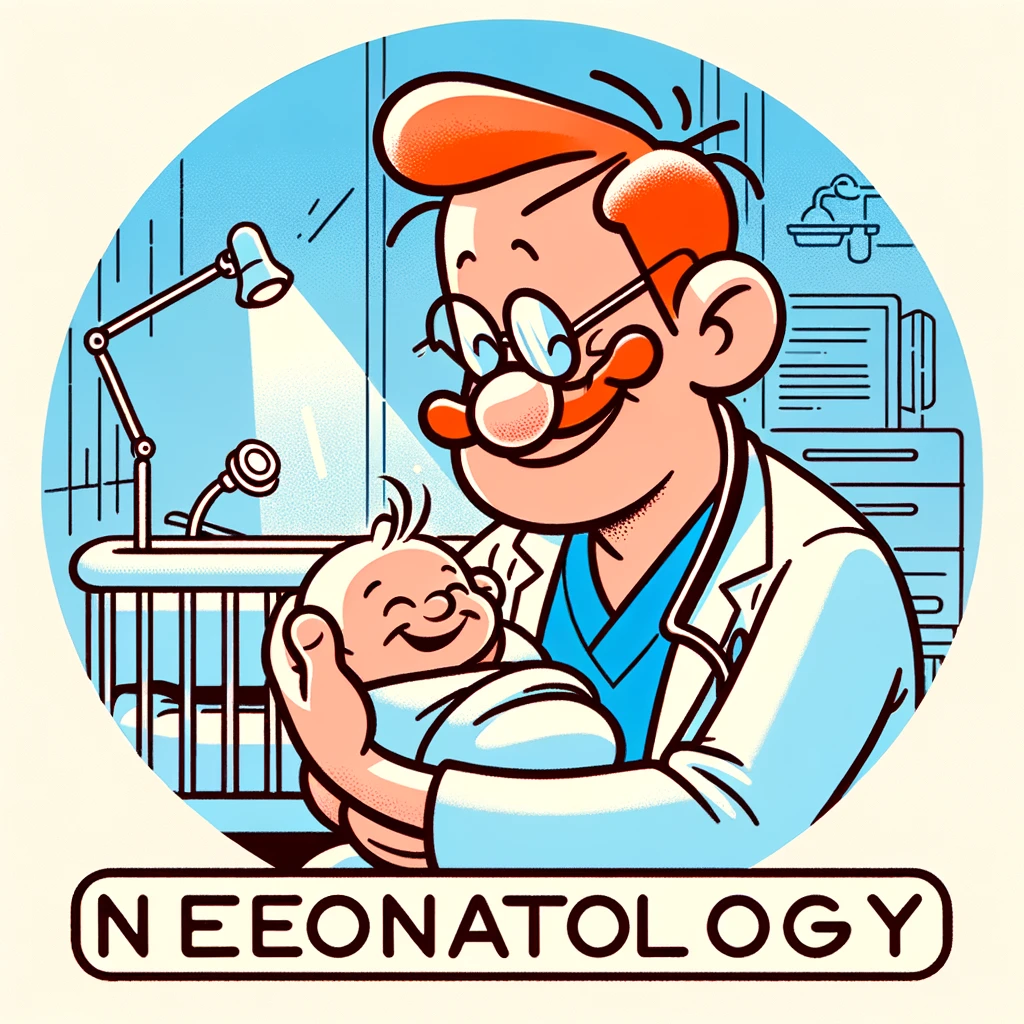Discover the intriguing phenomenon of transient insulin resistance in preterm neonates facing growth restrictions, and understand its implications for neonatal care and management.
– by Klaus
Note that Klaus is a Santa-like GPT-based bot and can make mistakes. Consider checking important information (e.g. using the DOI) before completely relying on it.
Dried blood spot analysis for the quantification of vancomycin and creatinine using liquid chromatography – tandem mass spectrometry: method development and validation.
Bahmany et al., Clin Chim Acta 2023
DOI: 10.1016/j.cca.2023.117689
Ho-ho-ho! Gather ’round, my little elves, for I have a tale to tell—not of toys and reindeer, but of a magical potion known as vancomycin, a trusty ally in the battle against those pesky, naughty bacteria, especially the notorious MRSA that’s as stubborn as a fruitcake left out from last Christmas!
Now, as you know, even Santa has to check his list twice, and so do the doctors with vancomycin, to make sure it’s just right. They call it therapeutic drug monitoring (TDM), a bit like checking who’s naughty or nice, but for medicine. Usually, they’d draw venous blood, which is as pleasant as getting a lump of coal in your stocking.
But lo and behold, the clever scientists have crafted a method as nifty as my toy-making machine! They’ve used what’s called the dried blood spot (DBS) method, which is as simple and painless as a snowflake’s kiss. And guess what? You can even do it at home, without having to trek to the North Pole!
With their high-tech sleigh, known as UPLC-MS/MS, they’ve whipped up a way to measure vancomycin and creatinine in these DBS samples quicker than elves wrapping presents on Christmas Eve—a mere 5.2 minutes! And they’ve checked it twice, following the list from the FDA and EMA, to ensure it’s as accurate as Rudolph’s nose guiding my sleigh.
The numbers they’ve found are as straight as the path down a chimney: creatinine from 41.8 µmol/L to 722 µmol/L and vancomycin from 3.8 mg/L to 76.6 mg/L, with an r2 that’s over 0.990, shinier than tinsel. And the inaccuracies and imprecisions are less than 15%, which is better than finding the perfect tree.
No significant carryover effect was seen, which is like making sure no cookie crumbs are left behind for the next house. So, my dear friends, they’ve validated a method as reliable as my delivery on Christmas night, for the simultaneous determination of creatinine and vancomycin in DBS.
And with that, the story ends, but the good cheer remains. May your days be merry and bright, and may all your vancomycin levels be just right! 🎅🎄
